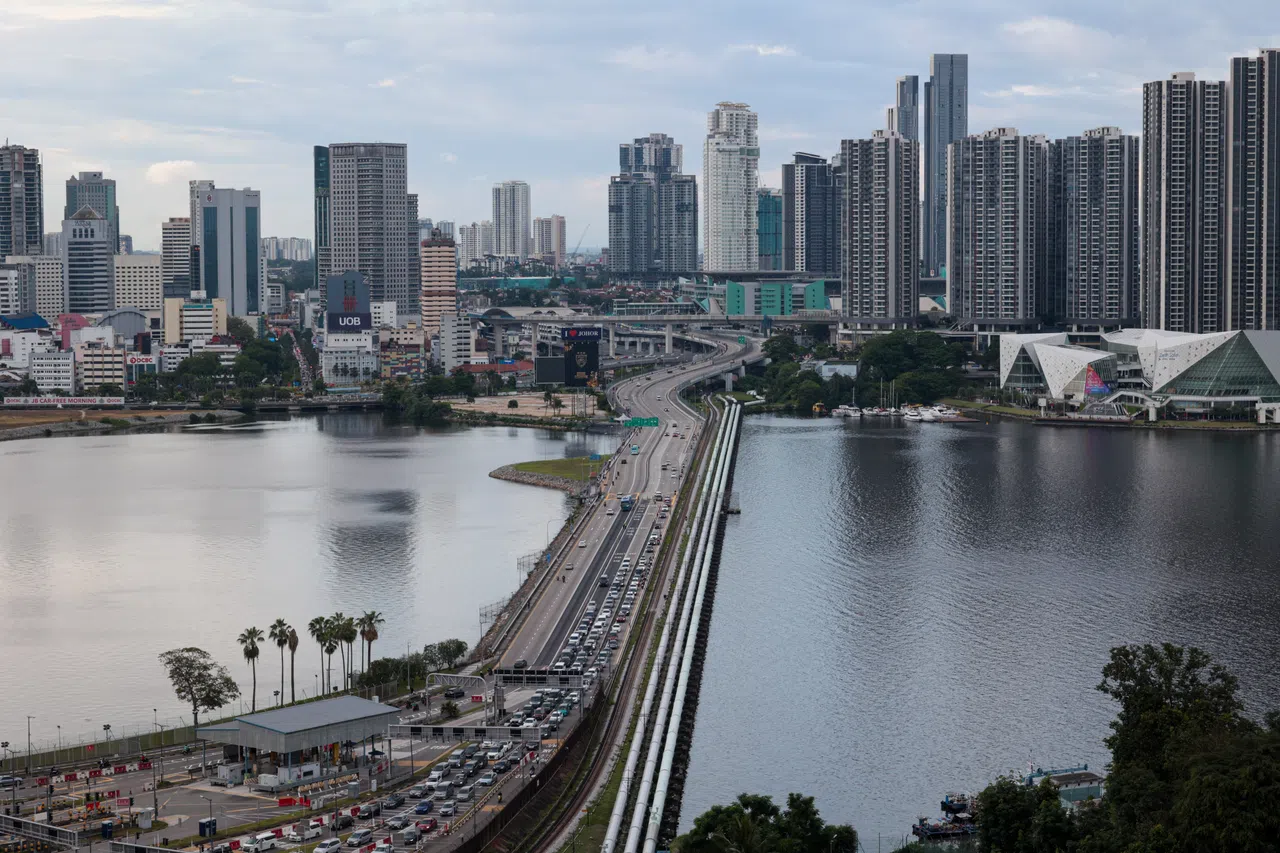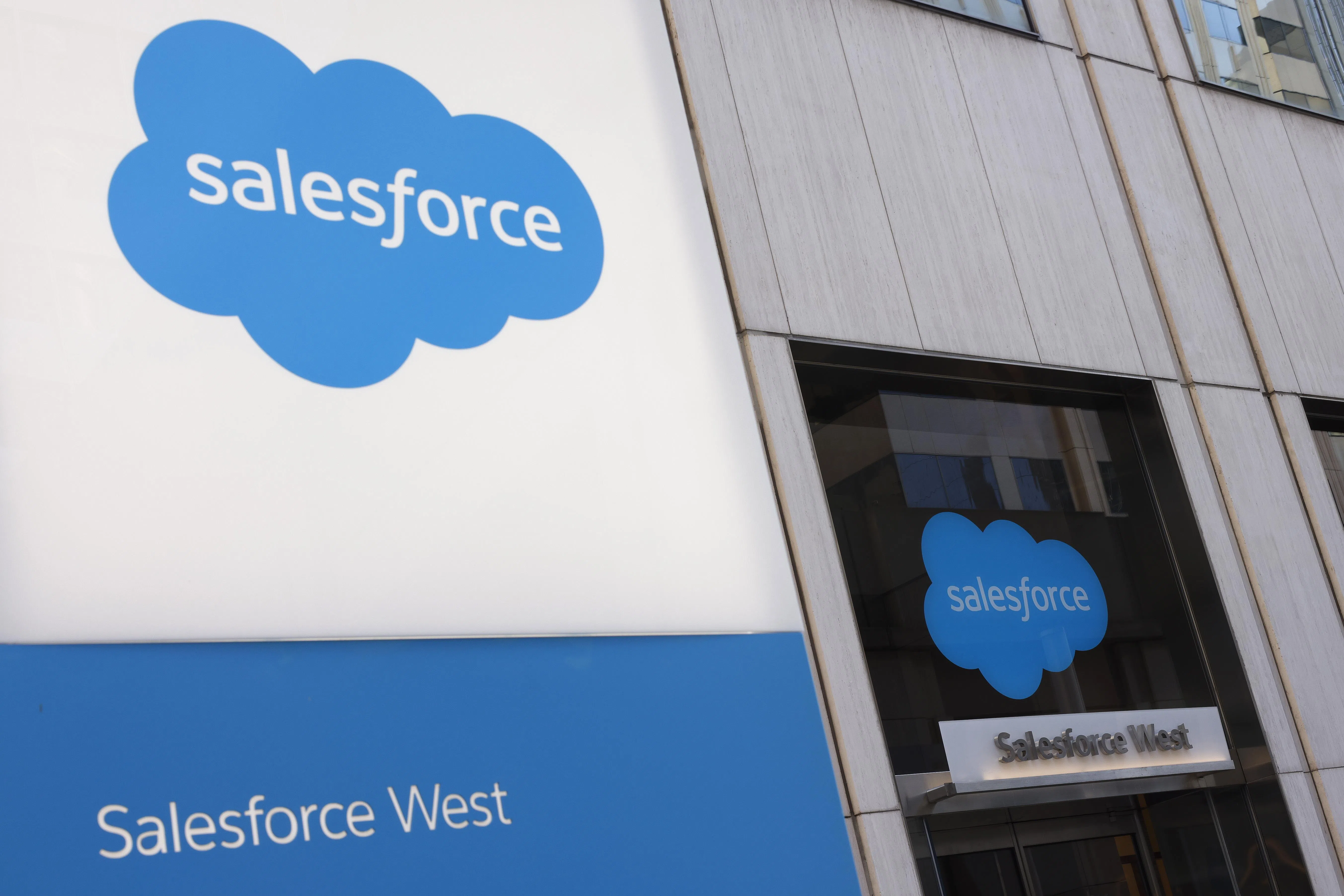FOR multinationals looking to reduce their reliance on China, the top alternative locations in Asia so far have been Vietnam and Indonesia. Both economies have witnessed a boom in exports and foreign investments over the past few years. But now someone new wants to play: Singapore. To gauge the city’s seriousness, look no further than to its largest lender.
DBS Group Holdings may want to purchase 29 per cent of Alliance Bank Malaysia, one of the country’s smallest publicly traded banks, from its top investor. It may even consider raising the stake to 49 per cent, Bloomberg News has reported. If the Malaysian monetary authority approves the proposal, DBS will be able to upgrade its presence, currently restricted to a branch serving corporate clients, to full-fledged banking operations.
The motivation is plain to see. The Johor-Singapore Special Economic Zone, greenlighted recently by Malaysia’s Prime Minister Anwar Ibrahim and Singapore’s Prime Minister Lawrence Wong, could shape up as “an ideal candidate” for companies attempting to diversify supply chains away from mainland China, say economists at ANZ Group Holdings. Indeed, it’s the prospect of this economic zone that may be “increasing the urgency” for DBS to gain a firmer foothold in Malaysia, analysts for CreditSights, a Fitch Group unit, note.
But why has DBS, no slouch when it comes to building franchises in China, Taiwan, Hong Kong and India, done so little in a market that’s geographically and culturally the closest to its home turf?
That answer lies in history. OCBC and United Overseas Bank, two of the three local Singaporean banks, were established in the 1930s British Malaya. They rank among the top 10 banks in Malaysia. DBS came into being in 1968, three years after the city’s acrimonious exit from the Malaysian federation. So it faced a problem expanding in the neighbouring economy – not because it did not want to, but because it was not welcome. “The Malaysians have always said there are already two big Singapore banks over there, why do we need a third one?” Piyush Gupta, the outgoing chief executive of DBS, said on an earnings call in November. “With the current administration, there might be a bit more flexibility.”
The reason Malaysians may be rethinking their stance is that they see a once-in-a-generation chance to build an alternative to Shenzhen, a fishing village in southern China turned into an economic powerhouse in less than half a century. Hong Kong drove the success of the Shenzhen special economic zone by routing financial capital to it, a role that Singapore can reprise.
A NEWSLETTER FOR YOU
Friday, 8.30 am
Asean Business
Business insights centering on South-east Asia’s fast-growing economies.
There was a time when Singapore was competitive in large-scale manufacturing. No longer. Services – especially finance – have guided its economic destiny over the past two decades. The city-state is nine times richer than Vietnam or Indonesia. With a population of six million, and just about 777 square kilometres of land, the island lacks the natural resources to plug itself back into global supply chains.
That’s where its larger northern neighbour comes in. At US$500 a month, wages in the southernmost Malaysian state of Johor are a seventh of Singapore. Johor is 26 times bigger than Singapore by land area, and every day 300,000 people use the six-lane, 100-year-old causeway connecting them, making it one of the busiest land crossings in the world. A light-rail shuttle link, coming up by next year, will allow easy immigration clearance. Harmonising customs procedures will ease the flow of goods.
Hong Kong’s proximity to Shenzhen has always made Singapore fret about what it’s lacking: a low-cost hinterland. A couple of Indonesian islands where Singaporean government-linked companies set up industrial enclaves failed to make a meaningful impression on the city-state’s economy. Singapore tried to narrow the gap with Hong Kong in 1994 with Suzhou Industrial Park, its first government-to-government project in China. It did not quite work as intended. Then, about 10 years ago, the Indian state of Andhra Pradesh lured the Singaporeans to help build a new capital city complete with manufacturing hubs, universities and skyscrapers. But the state’s chief minister lost power, and his successor scrapped the plan.
The most obvious choice for a hinterland has always been to Singapore’s north. But there, history – and personalities – got in the way. Mahathir Mohamad, Malaysia’s prime minister from 1981 to 2003, promptly withdrew support to a high-speed train project between Kuala Lumpur and Singapore when he returned to power between 2018 to 2020. The 99-year-old leader’s departure from the political scene has opened a new window of trust. The aborted high-speed link is expected to get revived.
An even stronger indicator of cooperation is coming from bankers.
The Alliance Bank stake that DBS might want is currently with a Malaysian holding company, 49 per cent owned by Singaporean state investor Temasek Holdings, which also controls roughly 32 per cent of DBS. A deal, backed by Temasek and blessed by the Malaysian central bank, will signal that authorities on both sides are keen to gatecrash the so-called China+1 party. Kuala Lumpur has already thrown in a concessional 5 per cent corporate tax rate for the first 15 years.
DBS can help bring financing to projects inside the zone, which may also be able to ride the benefits of Singapore’s bilateral free-trade agreements with the US, the EU and the UK, ANZ economists note. Johor is already flooded with data-centre investments by the likes of Microsoft and Nvidia. To ramp up its appeal, the state will have to draw talent from other parts of the country – and from around the world.
That’s Malaysia’s challenge. Singapore will welcome a new group of affluent customers, arriving passport-free to its restaurants and malls over the weekends. As long it keeps its own immigration policy tight, locals won’t have to worry about more competition for jobs. Little wonder then that fresh infrastructure for the zone includes plans for something crucial to its success: an airconditioned travellator along the causeway. BLOOMBERG
Andy Mukherjee is a Bloomberg Opinion columnist covering industrial companies and financial services in Asia. Previously, he worked for Reuters, The Straits Times and Bloomberg News.




